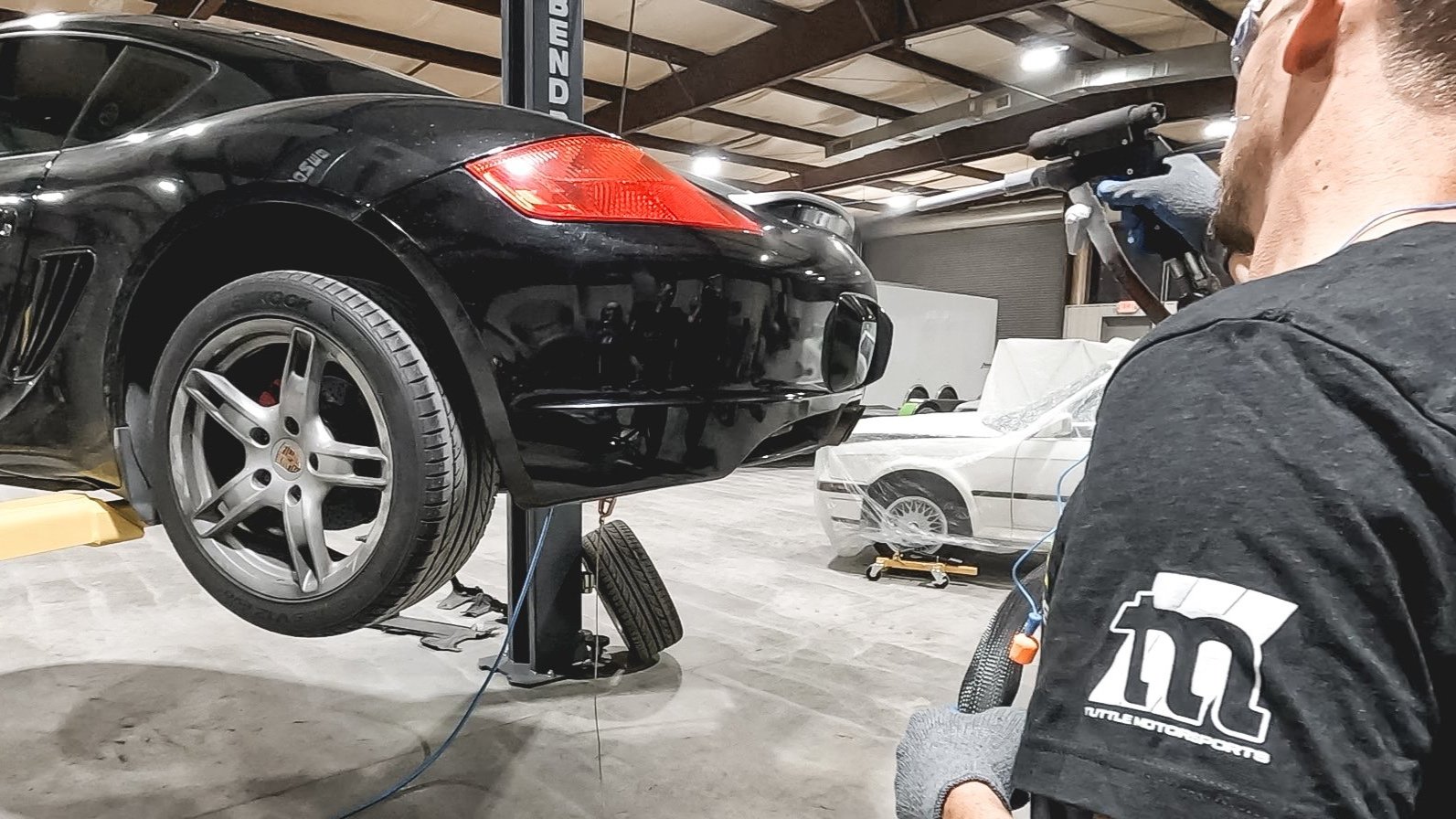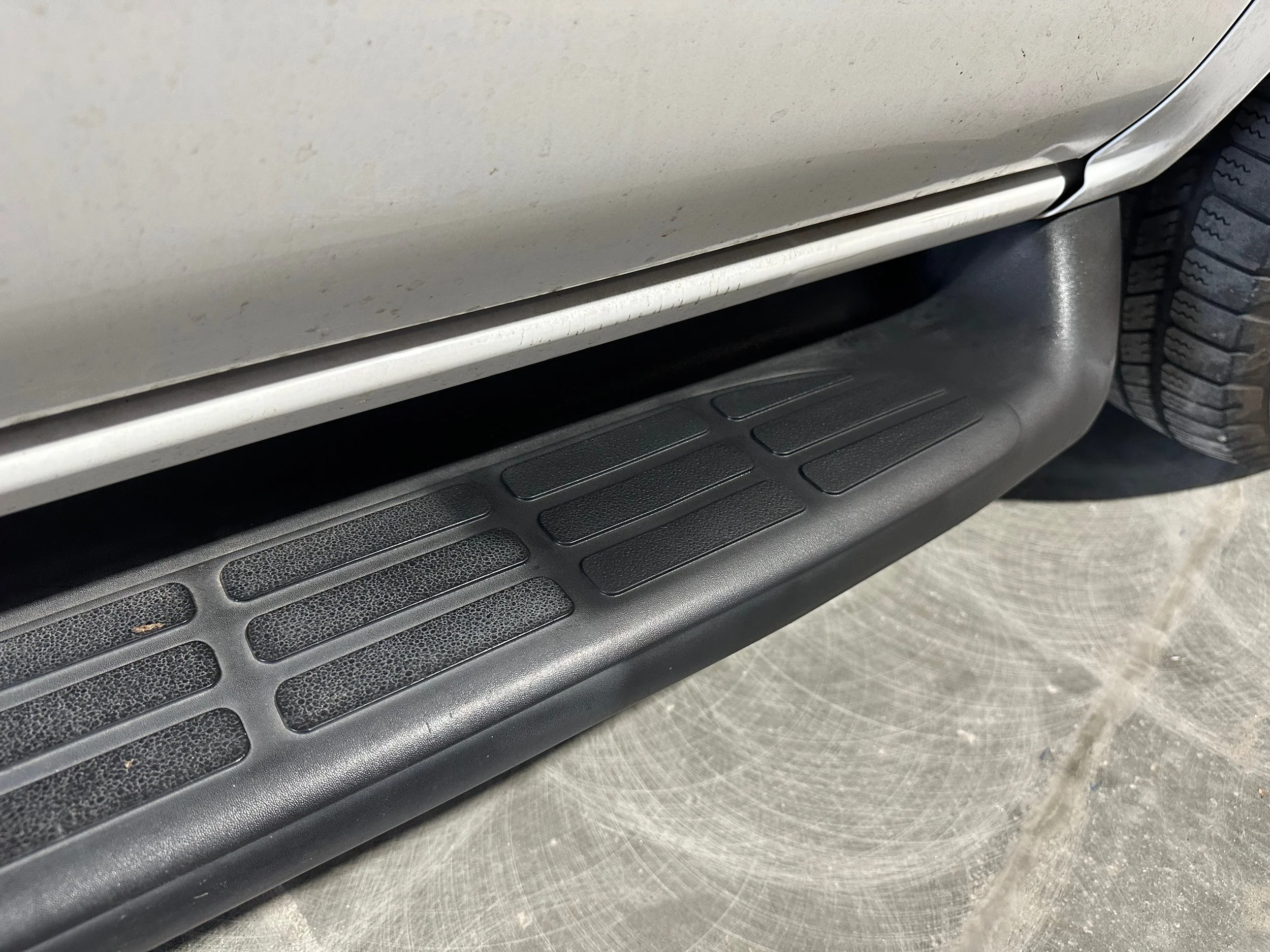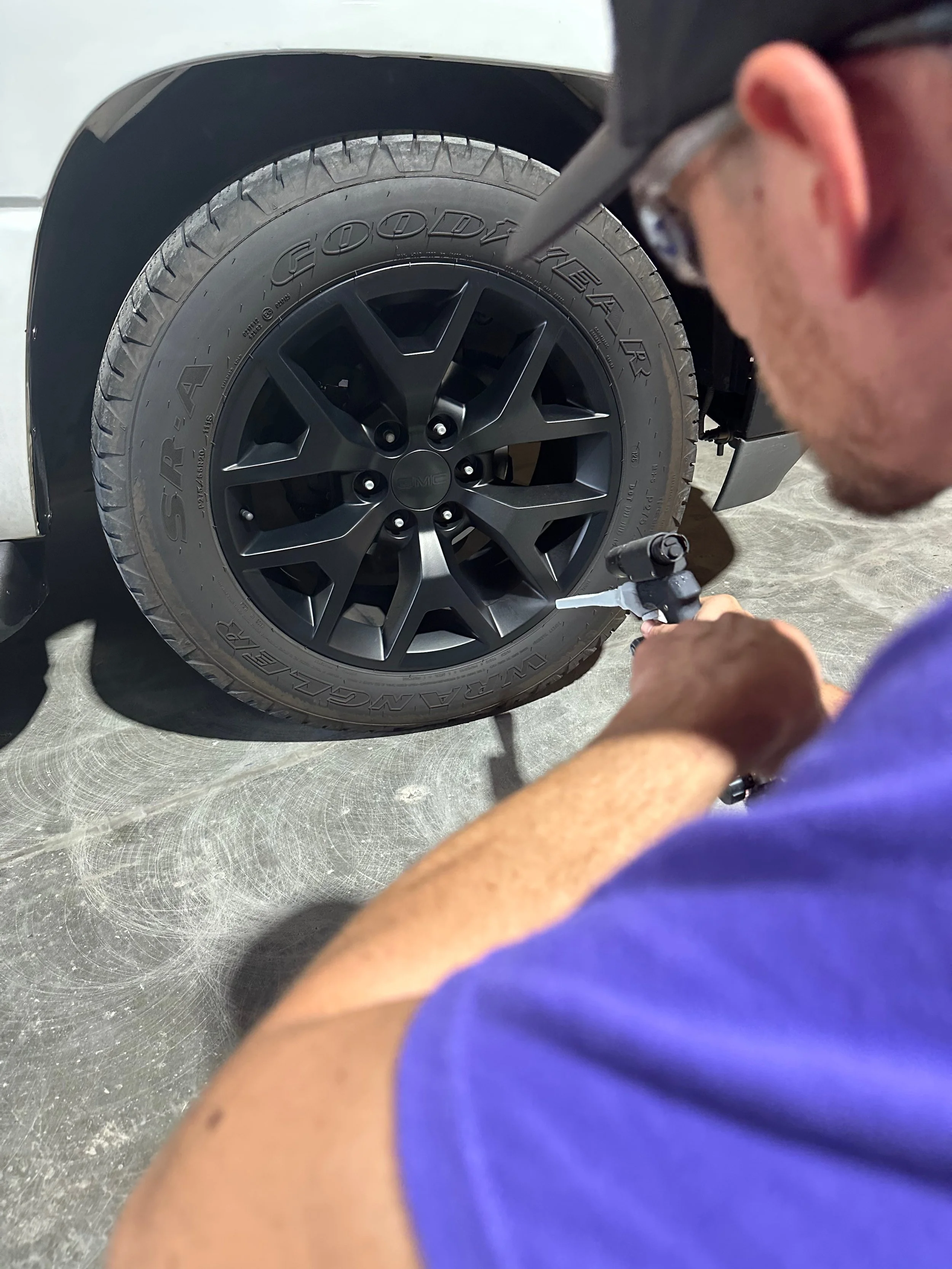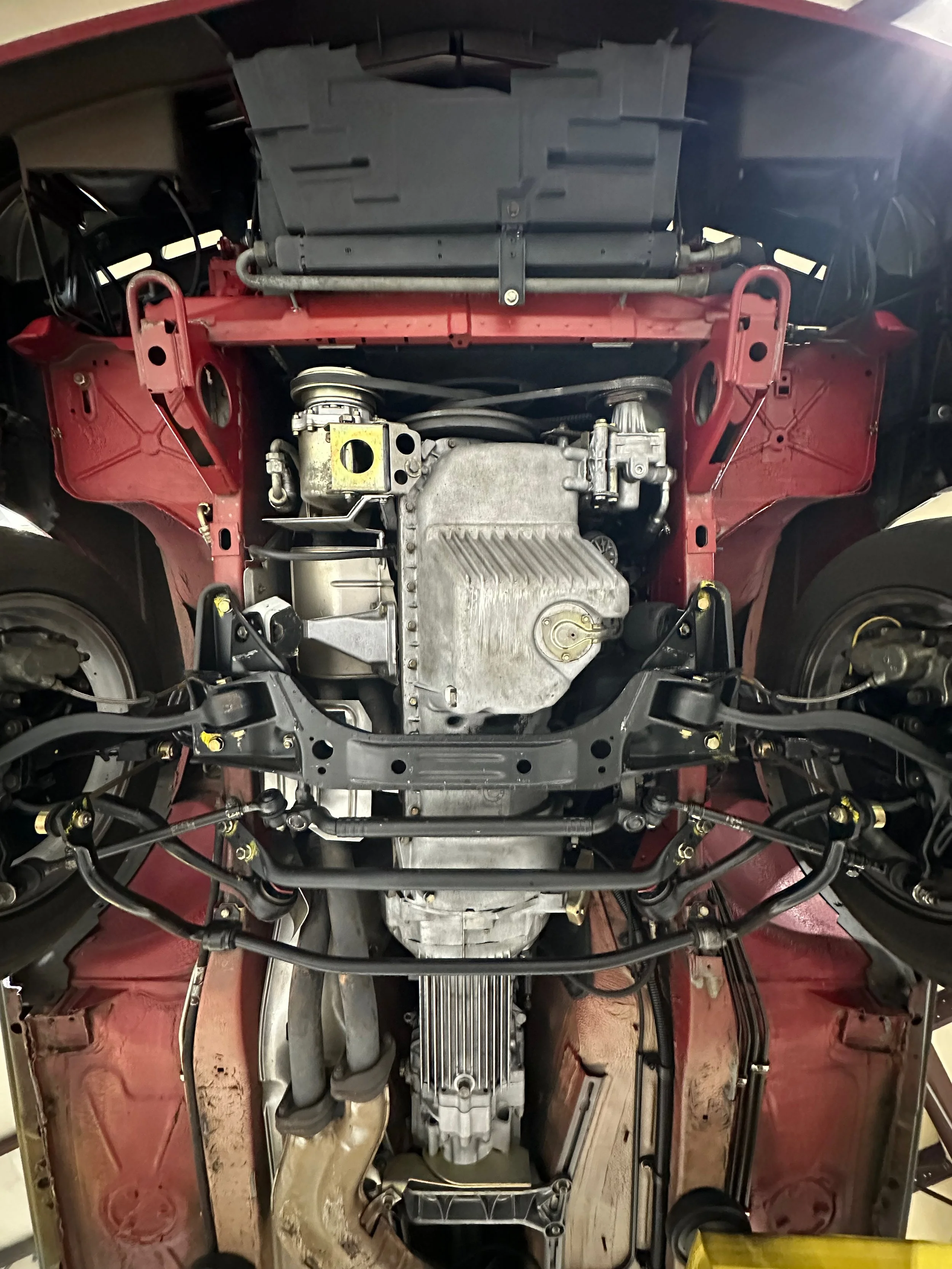
DRY ICE CLEANING
Dry Ice Cleaning FAQS
-
Dry ice cleaning, also known as dry ice blasting is a state of the art non-abrasive and non-caustic restoration process using pressurized dry ice to remove the buildup of contaminants from a surface through sublimation.
-
The process of dry ice cleaning is similar in concept to other methods of restoration such as sand blasting and vapor honing: pressurized media is injected through a nozzle to remove contaminants from a surface. The dry ice cleaning application uses pressurized dry ice at -109F degrees to break up the contaminants thus removing them from the substrate; the dry ice sublimates upon impact leaving no additional residue other than what’s being removed from the substrate.
-
Sublimation is the transition of a solid to a gas without passing through the liquid state. In the case of dry ice cleaning, as the sub-zero-temp pressurized dry ice pellets make contact with the intended surface, the pellets rapidly expand (~700-900 their original volume). This sudden shock to the contaminant particles, in addition to the compressed air, removes them from the substrate. The contaminants are all that is left, as the dry ice has sublimated (returned to a gas state).
-
Dry ice cleaning is used for restoration and preservation applications and has many applications within the automotive industry alone. Unlike sandblasting or vapor honing, disassembly isn’t required for dry ice cleaning, so an engine bay or the undercarriage of a car are both great candidates for dry ice cleaning.
-
A notable difference between dry ice cleaning and similar cleaning methods such as sand blasting or vapor honing is that dry ice cleaning creates no secondary waste, leaving behind a cleaned surface and only the contaminates removed after cleaning is complete. Another advantage to dry ice cleaning is the accessibility it offers: minimal to no disassembly is required, so there’s very little time spent gaining access to the part or area that needs cleaning.
-
Dry ice cleaning is safe for nearly any substrate with the optimum machine settings and technique.
-
Yes, dry ice cleaning is safe for exterior automotive paint with the appropriate machine settings. We’ve even tested it on vehicle wraps without issue or damage to the wrap.
-
Dry ice cleaning can loosen and remove contaminants on top of rust and other heavily oxidized areas, but this process will not return the substrate to its original finish if there is heavy oxidation and pitting.
-
Tuttle Motorsports is the first to offer dry ice cleaning services, particularly with an automotive application, in the Piedmont Triad of North Carolina. We offer this service in house at our shop located just outside of Winston-Salem in Advance, NC.








